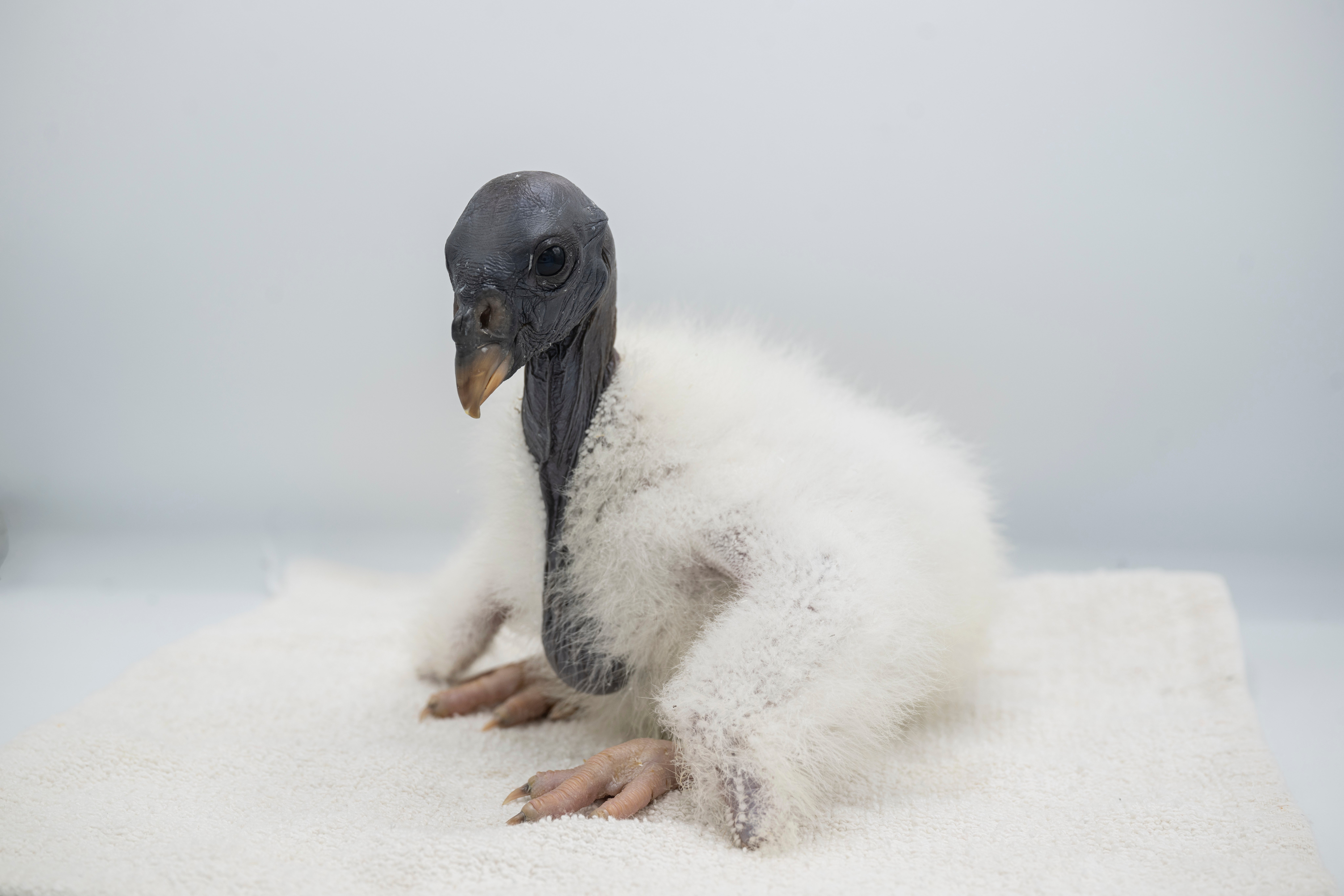ARTICLE AD BOX
A baby vulture at the Bronx Zoo in New York is being raised with a rather unusual parenting technique: feeding with a hand puppet designed to resemble an adult vulture.
King vultures are known to neglect their young, making hand-feeding crucial for the chick's survival, the Bronx Zoo said on Tuesday.
But to make sure it doesn't imprint on humans, staff train the bird's instincts onto a hand puppet that's crafted to look like a real vulture. The decades-old technique is used to ensure the chick doesn’t identify too closely with its human handlers.
“At this stage of development, our animal care staff are feeding the chick with the Bronx Zoo-made puppet once a day and we are working to ensure it does not imprint on humans," Bronx Zoo Curator of Ornithology Chuck Cerbini said.
“It is a good example of the extent we go to ensure the health of individual animals and of species’ populations.”

Footage of a feeding session shows someone with their arm clad in black and a puppet that looks like a vulture’s face and beak on their hand, which is used to grab morsels of food and deliver them to the chick’s mouth.
An adult king vulture is placed in an adjacent enclosure that “allows the chick to have exposure to appropriate king vulture behavior," Cerbini said.
“That’s another important step we take to ensure the chick grows into a healthy adult bird and is properly socialized as a king vulture.”
The zoo says it helped develop the feeding technique more than four decades ago when workers there used it to raise three Andean condor chicks, which were then released into the wild in Peru. Hand-puppet rearing has also been used to help bring back the critically endangered California condor.

The new king vulture chick, which is yet to be named, is the first of its kind to be hatched at the Bronx Zoo since the 1990s.
The zoo said it wants to make sure the genetics of the chick's 55-year-old father are carried on, as it has only one other living offspring.
King vulture chicks are born with white down feathers and will gradually start developing juvenile feathers in the fourth month.









 English (US) ·
English (US) ·